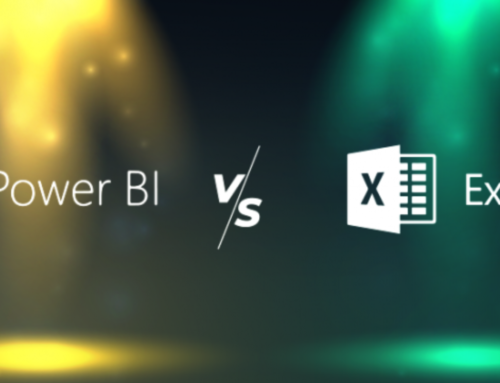In today’s data-driven world, businesses rely on advanced analytical instruments to extract valuable insights from their data. With plenty of options available, selecting the right tool for your company can be a daunting task. In this blog post, we will compare Microsoft Power BI, the industry-leading business intelligence (BI) tool, with other renowned analytical instruments such as Qlik, Tableau and Oracle BI. By examining the features and capabilities of each, we will help you make an informed decision that best suits your company’s analytical needs.
Microsoft Power BI
Microsoft Power BI is a comprehensive BI tool that offers seamless integration with other Microsoft products, making it an ideal choice for companies already utilizing the Microsoft ecosystem. Its user-friendly interface, extensive visualization capabilities, robust data modeling, and transformation features, interactive collaboration options, and mobile accessibility make Power BI a powerful solution for driving data-driven decision-making and insights.

Power BI VS Qlik
Qlik is a popular BI tool known for its associative data model, which allows users to explore data relationships dynamically. While Qlik offers excellent data discovery and visualization capabilities, it may require more technical expertise to implement and maintain. Compared to Power BI, Qlik may lack some of the intuitive features and seamless integration options that make Power BI a preferred choice for companies.
Power BI VS Tableau
Tableau is another leading BI tool that focuses on data visualization and storytelling. It offers a wide range of interactive visualizations and an intuitive drag-and-drop interface. However, when compared to Power BI, Tableau’s integration capabilities may not be as robust. Power BI’s seamless integration with other Microsoft tools, such as Excel and Azure, provides Companies with a unified and comprehensive analytical ecosystem.
Power BI VS Oracle BI
Oracle BI is a comprehensive suite of tools that cater to enterprise-level analytics. It offers a robust data modeling and transformation engine, advanced reporting capabilities, and strong integration with Oracle’s database systems. However, Oracle BI’s complexity and high implementation costs may not be suitable for companies seeking a user-friendly and cost-effective solution like Power BI.
Conclusion
When it comes to selecting a business intelligence tool for your company, Microsoft Power BI emerges as the superior choice. You can also see that it maintains it’s leadership on the Gartner’s Magic Quadrant for several years and 2023 is not the exception. Its seamless integration with the Microsoft ecosystem, user-friendly interface, advanced visualization options, robust data modeling and transformation capabilities, interactive collaboration features, and mobile accessibility provide companies with a comprehensive and efficient analytical solution.
While Qlik, Tableau, and Oracle BI offer their own unique strengths, they may not match Power BI’s seamless integration, user-friendly interface, and cost-effectiveness for companies. Power BI enables companies to harness the power of their data, make informed decisions, and gain a competitive edge in today’s data-centric business landscape.
Remember, data is the key to unlocking insights and empowering your business. With Microsoft Power BI, you have the tools you need to transform your data into actionable intelligence. Contact us to explore how we can help you leverage the capabilities of Power BI and drive your business towards success.



